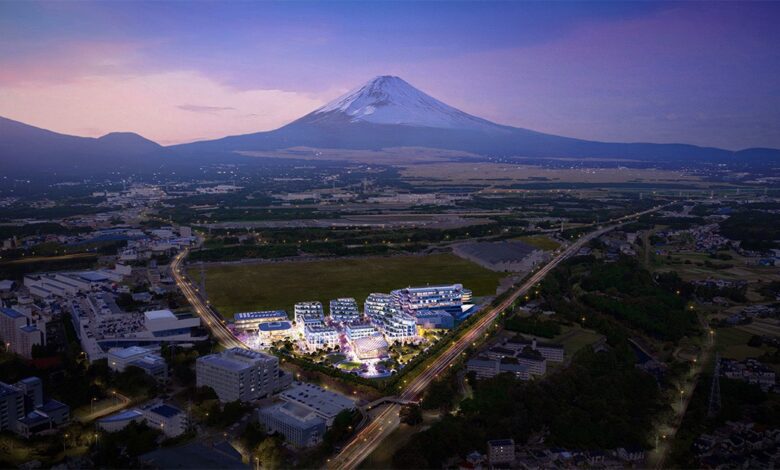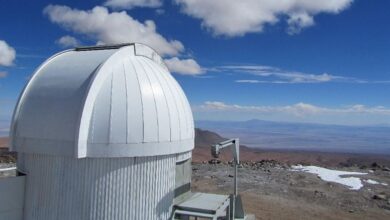“Mass human experiment”: Inside Japan’s futuristic $8 billion ‘smart’ city
The Woven City cost approximately £7.8 billion and has expands over an area of 175-acres

Toyota’s ambitious project, the Woven City, the world’s most futuristic city, is being built miles away from Mount Fuji on the island of Honshu, which expects to welcome its first 2,000 residents by the end of the year, as reported by Knewz.com.
“Toyota’s vision for a mobility society and the ‘Toyota Mobility Concept’ focuses on extending the value of the car, expanding mobility into new realms and integrating mobility with social systems. In line with this framework, we will help Toyota to develop next-generation cars, including advanced BEVs, and to realize a mobility society in which everyone can move freely, happily and safely,” the website states.
The construction of an opulent, sustainable utopia is moving forward at the foot of an active volcano in Japan. Woven City presents the chance to work on cutting-edge technology, such as a digital operating system for urban infrastructure. Fusing contemporary robotics with traditional Japanese architectural designs will create a distinctive living environment.
“Building a complete city from the ground up, even on a small scale like this, is a unique opportunity to develop future technologies, including a digital operating system for this infrastructure,” Akio Toyoda, Toyota’s president, said. “With people, buildings, and vehicles all connected and communicating with each other through data and sensors, we will be able to test connected AI technology in both virtual and the physical realms, maximizing its potential.”
Woven City, which cost £7.8 billion and has a 175-acre expanse, is being touted as a “mass human experiment.” The fact that the project is nearly completed comes soon after photos of Saudi Arabia’s smart city project, The Line, were released.
According to Metro, Woven City is expected to serve as a living laboratory for Toyota’s research and development of “E-palettes,” or autonomous cars that are energy-efficient and renewable. These cars will use different roads—as well as routes for cyclists and pedestrians—to traverse the metropolis. Toyota wants to utilize Woven City data to enhance its comprehension of regional traffic patterns.
The firm claims that Woven will have 2000 people in the future in addition to 360 current residents occupying 708,000 square meters across 175 acres. It is being constructed on the site of the Higashi-Fuji Plant of Toyota, which closed four years ago.
A new plant was constructed in Tohoku, a region of northeastern Japan that was badly damaged by the 2011 earthquake and tsunami. This development coincides with progress on other megacity projects worldwide.
‘Smart dwellings’ with sensors placed around the city, Woven City will also have driverless automobiles. This will allow residents, buildings, and cars to communicate with each other. The city, which runs mostly on hydrogen, wants to reduce pollution and lead the way in hydrogen-based technologies.
The company’s goal is to maximize the potential of linked AI technology by facilitating connectivity and communication between people, buildings, and vehicles via data and sensors. This will allow the technology to be explored in both virtual and real worlds.
Officially, the idea was to create a “living laboratory.” Robots will do labor-intensive jobs in place of the conventional method of erecting structures in the city utilizing traditional Japanese woodworking skills. After three years of work, Toyota plans to build its Japanese city later in 2024. Construction on the project began in 2021.
Bjarjk Ingels, a Danish architect, is designing the city. Toyota’s Woven, formerly known as Woven Planet, is building it.
Toyota has confirmed that energy will be produced by hydrogen-powered fuel cells. According to the Wall Street Journal, previous CEO Akio Toyoda personally spent AUD$52 million in Woven Planet, which Toyota then renamed Woven, and then sold the company back to the company for a comparable sum.
You might also be interested in – Whole population of Japan could share same surname by 2531, study reveals



